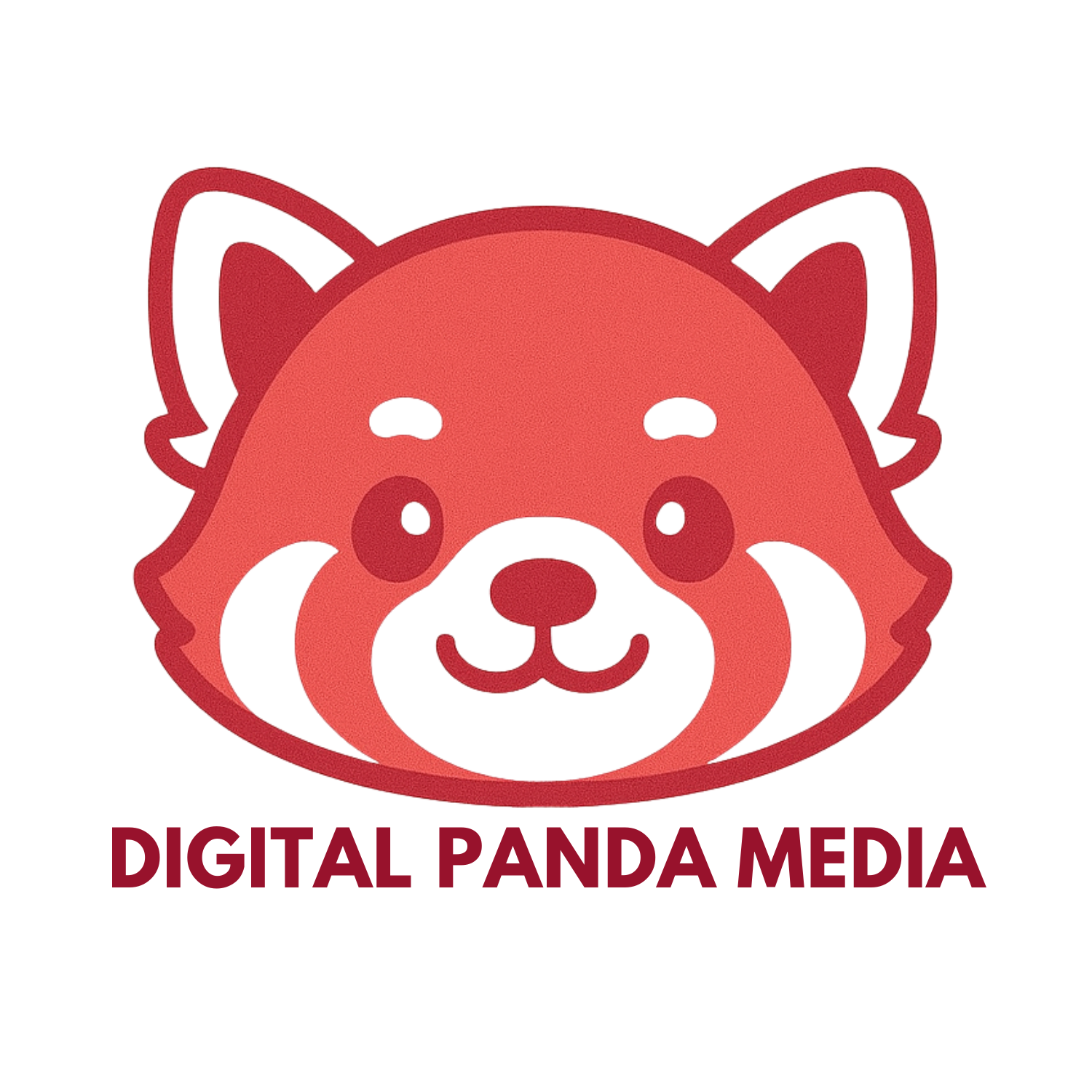If you’re investing in content but still struggling to turn readers into leads (or leads into customers), you’re not alone. Many businesses produce great blogs, videos, and social posts—yet fail to tie them to a clear outcome. That’s where a content marketing funnel comes in.
A content marketing funnel turns content from random efforts into a guided journey. It attracts the right audience, nurtures them with valuable information, and drives conversions with the right messaging at the right time.
In this beginner-friendly guide, you’ll learn how to build and execute a content marketing funnel that works—step by step. From awareness to decision, we’ll show you how to strategically plan, create, and distribute content that actually grows your business.
What Is a Content Marketing Funnel?
A content marketing funnel is a structured path that leads potential customers through different stages of the buyer journey using content. Each stage has a specific purpose:
- Top of Funnel (TOFU): Attract awareness
- Middle of Funnel (MOFU): Educate and engage
- Bottom of Funnel (BOFU): Convert leads into customers
The goal is to guide someone from “I don’t know who you are” to “Take my money.”
Why Content Marketing Funnels Work
Unlike traditional marketing, content marketing focuses on providing value first. When done right, a funnel:
- Builds trust before the sale
- Positions your brand as an expert
- Nurtures leads automatically
- Shortens the sales cycle
- Increases conversion rates
The 3 Stages of a Content Marketing Funnel (With Examples)
Let’s break down what each stage looks like in action:
1. Top of Funnel (TOFU) — Attract
Goal: Get discovered by your ideal audience.
Content Type:
- Blog posts
- Social media posts
- YouTube videos
- SEO articles
- Infographics
- Lead magnets
Example:
- Blog: “10 Signs Your Website Needs a Redesign”
- Video: “Why No One Is Seeing Your Instagram Posts in 2025”
- Checklist: “Free Guide: 15 Blog Headline Formulas That Get Clicks”
2. Middle of Funnel (MOFU) — Nurture
Goal: Deepen trust and educate your audience.
Content Type:
- Webinars
- Case studies
- Email newsletters
- How-to guides
- Comparison content
- Interactive quizzes
Example:
- Case study: “How We Helped a SaaS Company Increase Leads by 250%”
- Email Series: “5 Days to Better Ad Copy”
- Webinar: “The Psychology of Landing Page Conversions”
3. Bottom of Funnel (BOFU) — Convert
Goal: Help your lead become a customer.
Content Type:
- Sales pages
- Free consultations
- Product demos
- Testimonials
- Special offers
Example:
- Landing Page: “Book a Free Strategy Call”
- Video: “What It’s Like to Work With Our Team”
- Offer: “Get 20% Off Your First Campaign”
How to Build a Content Marketing Funnel From Scratch
Follow these steps to build your own content marketing funnel, even if you’re starting from zero:
Step 1: Define Your Buyer Personas
Understand your audience’s:
- Pain points
- Goals
- Search behavior
- Buying triggers
Step 2: Map Content to Each Funnel Stage
Ask:
- What does my audience need to know at this stage?
- What format will engage them best?
- What next step should I offer?
Step 3: Create Evergreen & Campaign-Based Content
Mix long-term content (like SEO blogs) with short-term campaigns (like a new lead magnet or limited-time offer).
Step 4: Set Up Lead Capture and Automation
- Use pop-ups, forms, or quizzes to collect emails
- Deliver lead magnets automatically
- Nurture leads with an email sequence
Step 5: Track and Optimize
- Use Google Analytics, HubSpot, or ConvertKit to track:
- Opt-ins
- Email engagement
- Page conversions
- Improve based on data: revise CTAs, test headlines, refine offers
Tools to Support Your Content Marketing Funnel
Here are some top tools we recommend at Digital Panda Media:
- Content Planning: Notion, Trello, Airtable
- SEO & Keyword Research: Ahrefs, SEMrush, Ubersuggest
- Email Marketing: MailerLite, ConvertKit, ActiveCampaign
- Landing Pages: Leadpages, Unbounce, Webflow
- Automation: Zapier, Make, GoHighLevel

How Digital Panda Media Helps You Build a High-Impact Funnel
At Digital Panda Media, we specialize in building full-funnel content marketing systems for service-based businesses. Our process includes:
- Audience research and strategy design
- Funnel content creation (blogs, emails, videos, guides)
- Landing page and lead magnet development
- Full automation setup (including CRM integration)
- Ongoing testing, analytics, and optimization
We help you go beyond just publishing content—we turn it into a lead-generating, client-converting machine.
FAQs About Content Marketing Funnels
1. How long does it take for a content funnel to work?
With consistent content and the right strategy, many businesses start seeing qualified leads within 30 to 90 days.
2. Do I need content at every funnel stage?
Yes. TOFU content brings them in, MOFU nurtures, and BOFU closes the deal. Missing a stage means losing potential customers.
3. Can I automate the content funnel?
Absolutely. You can automate email sequences, lead delivery, CRM tagging, and performance tracking.
4. What makes a content funnel fail?
- Poor targeting
- Weak CTAs
- Irrelevant or low-value content
- No follow-up after initial opt-in
5. How often should I update funnel content?
Review quarterly. Refresh top performers annually. Update time-sensitive offers as needed.
Make Every Piece of Content Count
You don’t need more content. You need a content marketing funnel.
By structuring your content with intention, you can turn every blog, post, or video into a step toward conversion. No more guesswork. No more wasted effort.
Whether you’re starting from scratch or optimizing an existing strategy, now is the time to build a funnel that delivers real results.
Ready to build a funnel that turns content into clients?
Book your free strategy call with Digital Panda Media and let’s design a content marketing funnel tailored to your business.
Turn content into conversions. Book your consultation or explore our blog for more digital growth strategies.


Leave a Reply